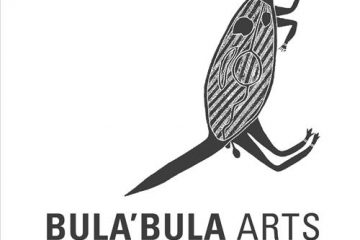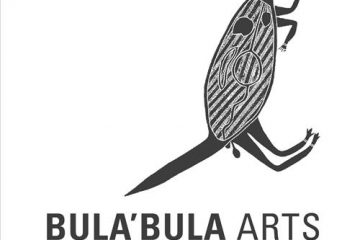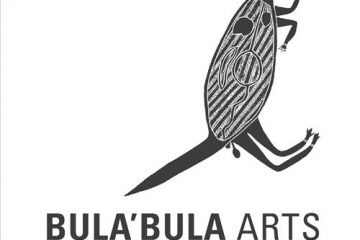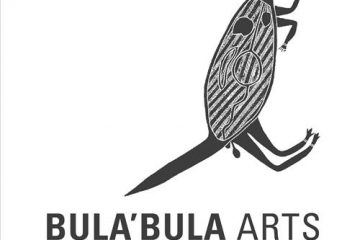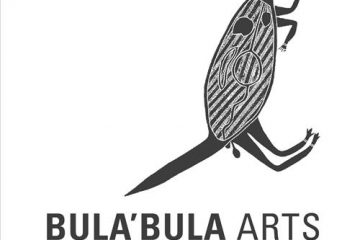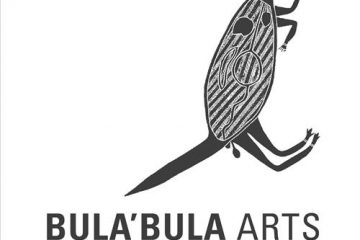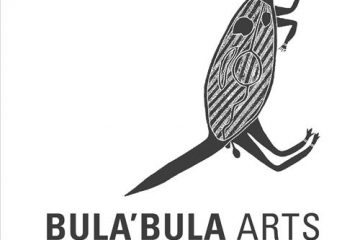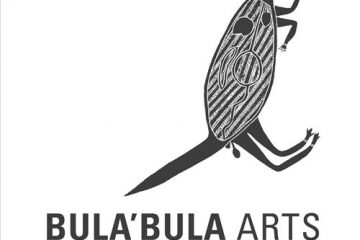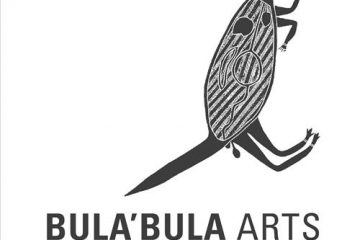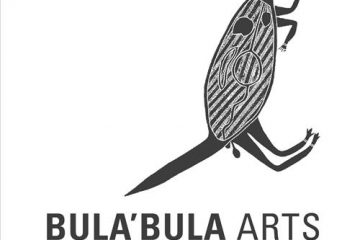Bula'bula Arts
115682329031
Nawarlah (Brown River Stingray) Aboriginal art in Ramingining, Central Arnhem Land is commonly illustrated through designs and images of animals, plants, and landscape. These motifs commonly reflect the artists ancestral inheritance and their dreamings and are referred to as totems. For this, Serena has woven a stingray.
